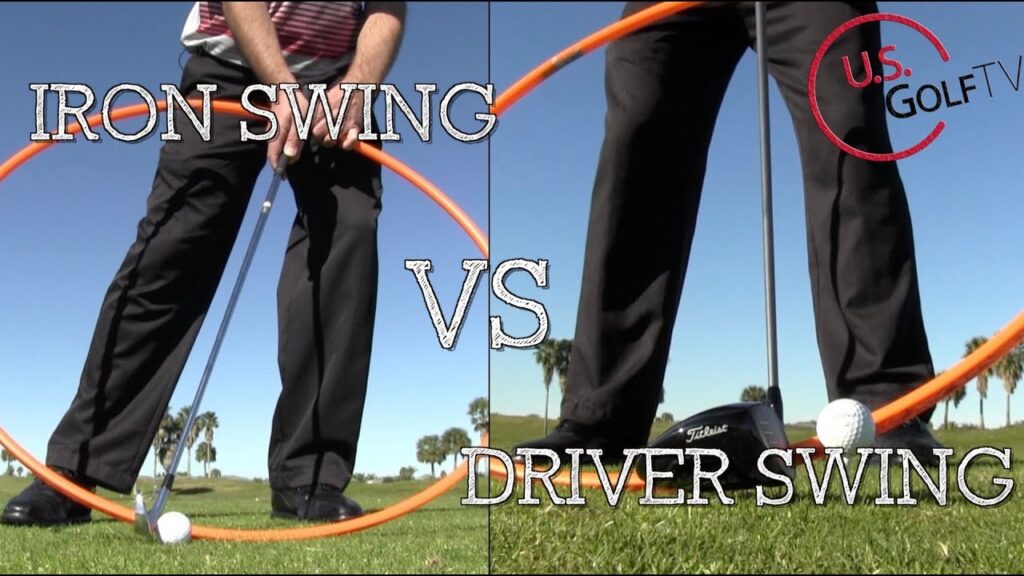This is the third in a series of blogs to help you simplify your knowledge of golf and hopefully improve your game. [These tips are distilled from an article published by Luke Kerr-Dineen for a GOLF franchise called “Play Smart”. These nuggets of knowledge will provide you with a quick reference to sharpen your games.]
9/ Randomize Your Practice: A study was performed in multiple sports to determine the best way to practice. (a) Block Practice, practicing one thing over and over again and (b) Random Practice, where you never do the same thing back-to-back. Randomized practice is by far the best where you hit different shots with different clubs and never the same shot twice in a row. It makes you think about each shot and make adjustments to get them right.

10/ When to Hit Driver (or NOT): So, you’re standing on the tee of a tight hole, wondering what to do. Should you play it safe? Or hit driver and hope for the best? DECADE Golf founder Scott Fawcett dived deep into the PGA Tour’s ShotLink data to find the answer. He says that to solve that problem, golfers need to answer two questions:
a. Are there less than 65 yards between penalty hazards?
b. Is the fairway less than 40 yards wide to the spot where your driver would land?
If you answered “yes” to either of these, then you should play it safe. Club down. If you answered “no” to either—or can carry your driver over the hazards—then pull the big stick and in Fawcett’s words, “Send it!”
11/ A speed-boosting concept: When it comes to hitting the ball far, more muscle mass certainly helps. But you can only get so far with brute strength. In order to maximize how efficiently you transfer your body’s strength into your swing, pros are using a concept that’s known as “over-speed-under-speed training.” It’s the concept that helped Matt Fitzpatrick boost his speed to win the 2022 US Open. Overspeed training is when you swing some-thing like the shaft of a club at very high speeds to increase your swing speed. Underspeed is the opposite: Swinging your weight loaded driver slower than your driver. Overspeed trains your muscles to be explosive and Underspeed improves your strength. Fact: You need to train both ways to hit booming drives.
12/ Change Up Your Breathing: An intriguing point of interest among pro golfers is learning how they use their breathing to play better golf. Nick Bolhuis, who works with Bryson DeChambeau, Justin Thomas and Jordan Spieth, among others, the vice president of performance programs at Neuropeak Pro, explains: Golfers perform their best in an optimal zone. “Sometimes that means taking slower, deeper breaths” (to reduce their heart rate when they are nervous). “Other times it means quicker, shallower breaths.” to speed up your heart rate and help you focus during those mid-round lulls.
Each of these tips will only work if you stick to the proven basics. Practice with GOLFSTR+ to swing with a straight leading arm, a flat leading wrist and shallow your downswing to LAUNCH your drives up, POWER your woods and hybrids flat through the fairway and BOTTOM the swing arc of your irons after impact. Buy one today at www.GOLFSTR.com




